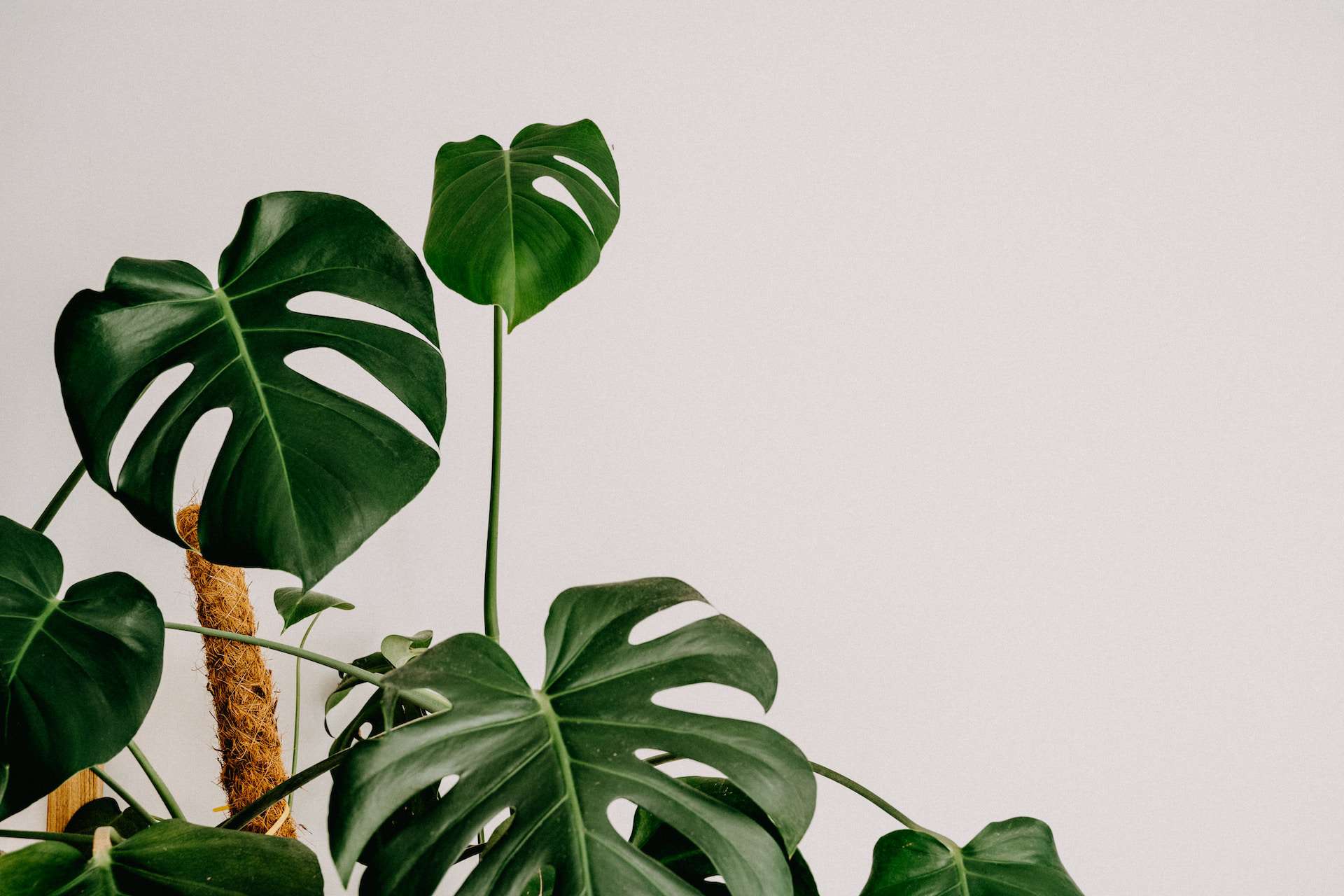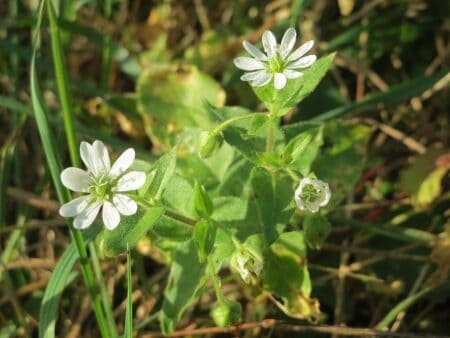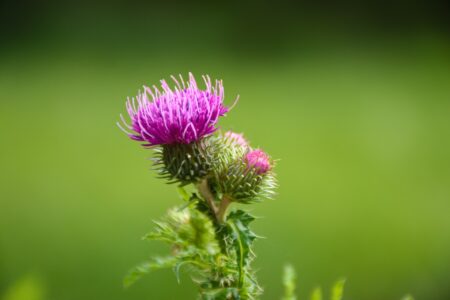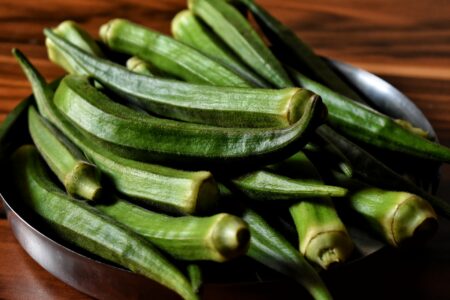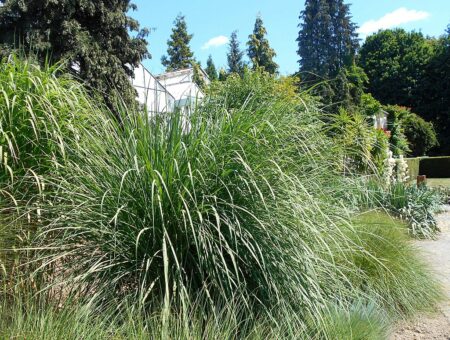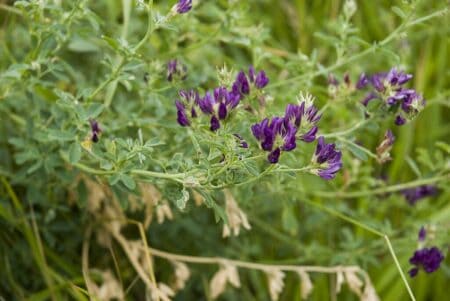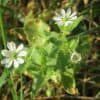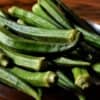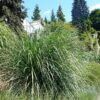The Monstera deliciosa, or Swiss cheese plant, is a popular houseplant known for its showy foliage patterned with splits and holes.
Providing the best soil is crucial for this plant to thrive.
In this article, we’ll break down what the Swiss cheese plant needs from its soil to stay happy and healthy.
When you’re done reading, you’ll know exactly how to mix up the perfect potting medium to nourish your Monstera’s roots for many years of growth.
What Is Monstera?
Monstera deliciosa, also known as the Swiss Cheese Plant, is distinguished by its remarkable foliage.
Its large, glossy leaves, adorned with distinct holes and slits, lend the plant a striking appearance often regarded as ornamental.
This species originates from the tropical rainforests of Central and South America, with its natural habitat encompassing regions such as Mexico, Panama, and Colombia.
Within these locales, Monstera thrives within the understory of lowland jungles, adapting to its surroundings by capitalizing on its unique leaf structure to capture filtered sunlight and facilitate efficient water runoff.
The growth habits of Monstera deliciosa are characterized by a climbing nature, employing aerial roots to attach itself to surfaces like trees or structures.
This adaptive climbing behavior gives the plant access to elevated light levels. It enhances its survival in the competitive ecosystem of the rainforest.
Cultivating Monstera deliciosa successfully requires careful consideration of several key factors.
It thrives when exposed to bright, indirect light, making spaces with filtered or diffused sunlight preferable.
It should not be exposed to direct sunlight, which can scorch the plant’s leaves. Watering is recommended when the upper layer of soil feels dry to the touch.
Overwatering should also be avoided, as excessive moisture can lead to root rot.
Where Does Monstera Grow?
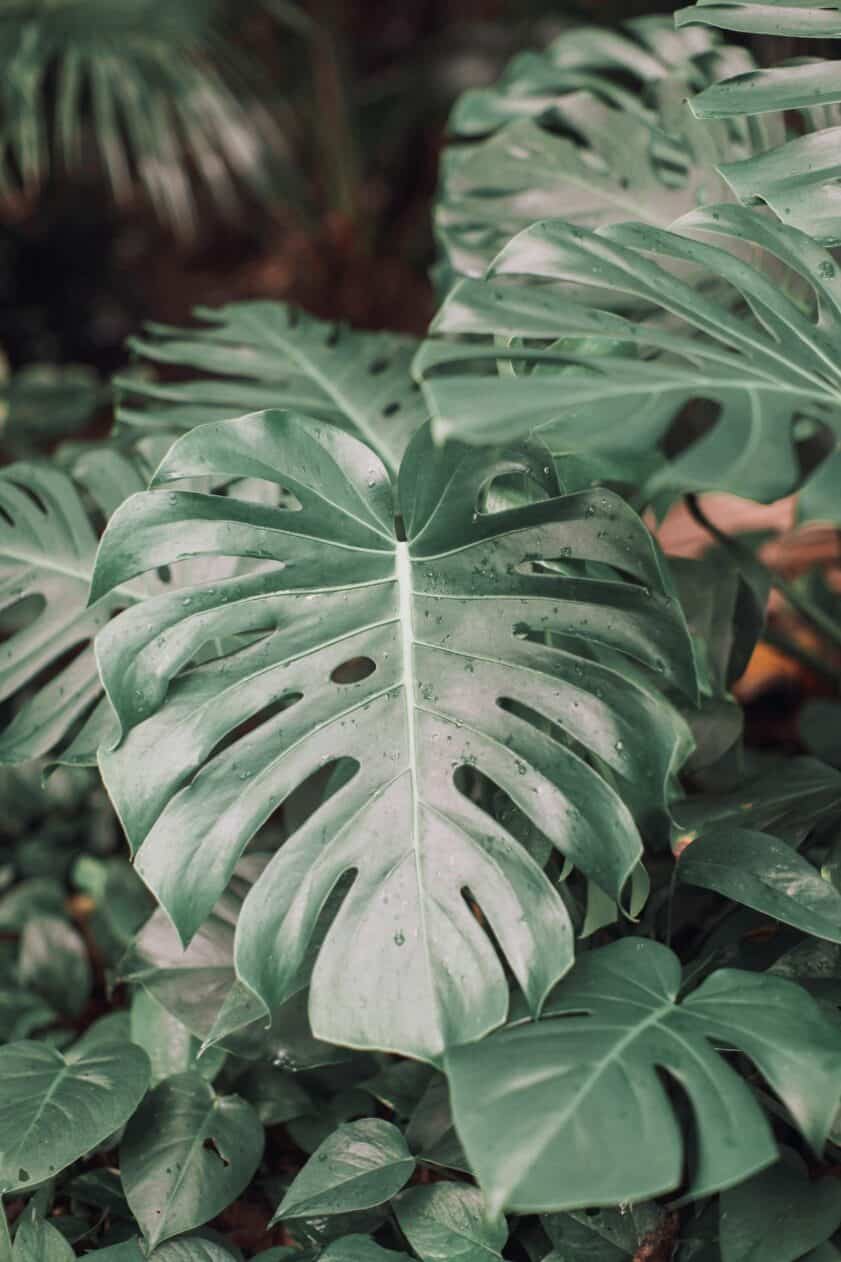
Here are the places suitable for Monstera.
Rainforests
Monstera’s roots are deeply connected to the lush rainforests of Mexico, Panama, and Colombia.
These tropical paradises perfectly blend warmth, humidity, and filtered sunlight.
Jungle Floors
In the wild, Monstera enjoys hanging out on the jungle floor, soaking up the dappled sun rays that sneak through the canopy.
This hints at their light preferences – bright, indirect light.
Monsteras can grow super tall, climbing up trees in the wild – some over 50 feet (15 m) long!
Near Water Sources
Monstera loves to have a sip nearby.
Being close to water sources in the wild helps them get that humidity fix if you’re wondering whether to mist or not mist – mist away.
Logs and Trees
Monstera’s habit of growing on trees or logs is called “epiphytic” behavior.
They use these sturdy surfaces for support while reaching for the sunlight, like a yoga pose.
So, in your home, giving them a moss-covered pole or a trellis can mimic this setup.
Coastal Areas
Monstera can also be found near coastal areas.
The salty breeze and mild climate are like a vacation for these leafy travelers.
Monstera might feel right at home if you’re in a coastal region.
Best Soil for Monstera
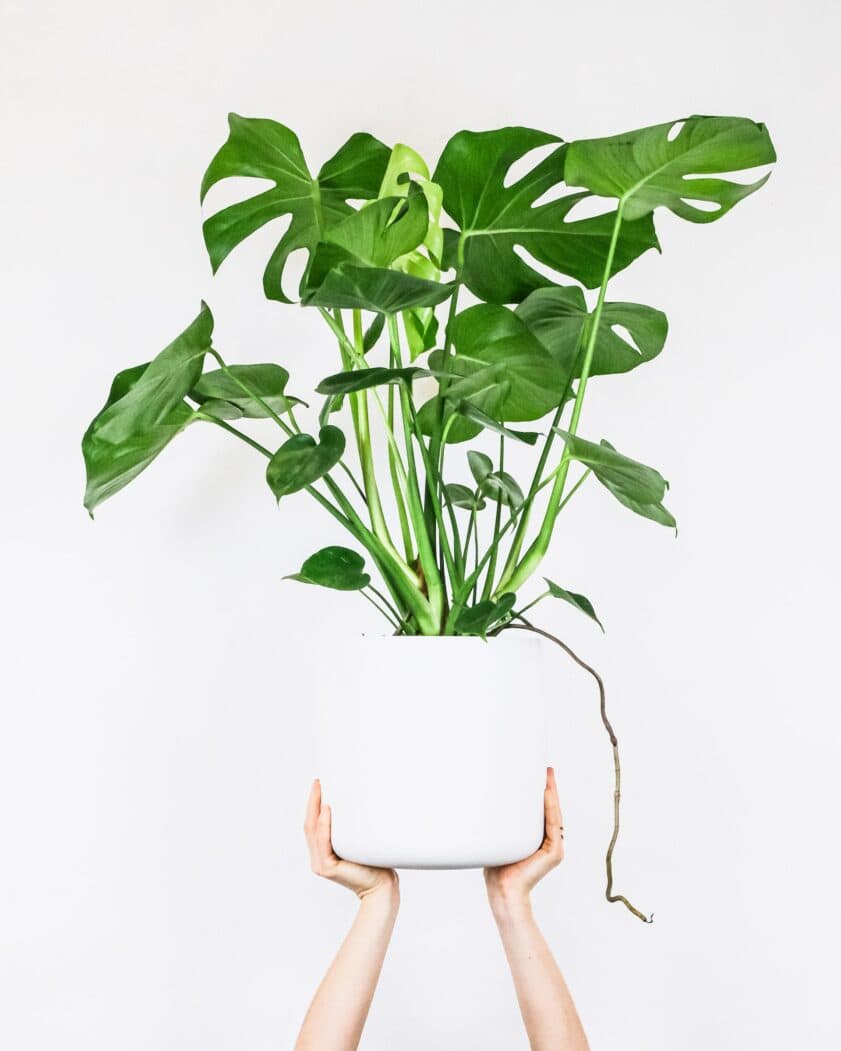
Here are the best soil options for Monstera.
Well-Draining Potting Mix
A well-draining potting mix is ideal for Monstera as it prevents waterlogging, allows roots to breathe, reduces the risk of root rot, and promotes healthy growth.
Sand Mix
Sand in the mix is like adding a sprinkle of adventure.
It keeps things balanced and prevents the soil from compacting, allowing your Monstera to stretch its roots comfortably.
Peat Moss
Peat moss helps retain moisture and provides a hospitable environment for root growth. It does this without causing excessive soil saturation.
Coconut Coir
Coconut coir not only helps to maintain consistent moisture levels and improve soil structure, but it also promotes a well-balanced environment for root development.
Perlite Mix
Perlite, those lightweight volcanic bits, create air pockets, ensuring water doesn’t get stuck in a never-ending puddle party.
Monstera roots appreciate the mingling opportunities.
Orchid Bark
In addition to aeration, the orchid bark blend ensures that water doesn’t stick around too long.
Plus, it adds a touch of that jungle vibe, making your Monstera feel at home.
Conclusion
Caring for monsteras plants can seem complex, but understanding their preferences helps immensely.
With a nutrient-rich, well-draining soil mix, your Monstera will thrive for years.
But non-soil factors also matter – show your plant warmth, and it will repay you with vibrant beauty, resiliently brightening each day.

